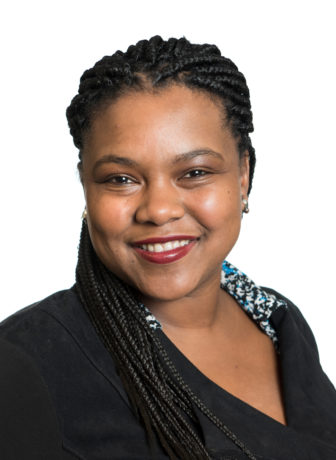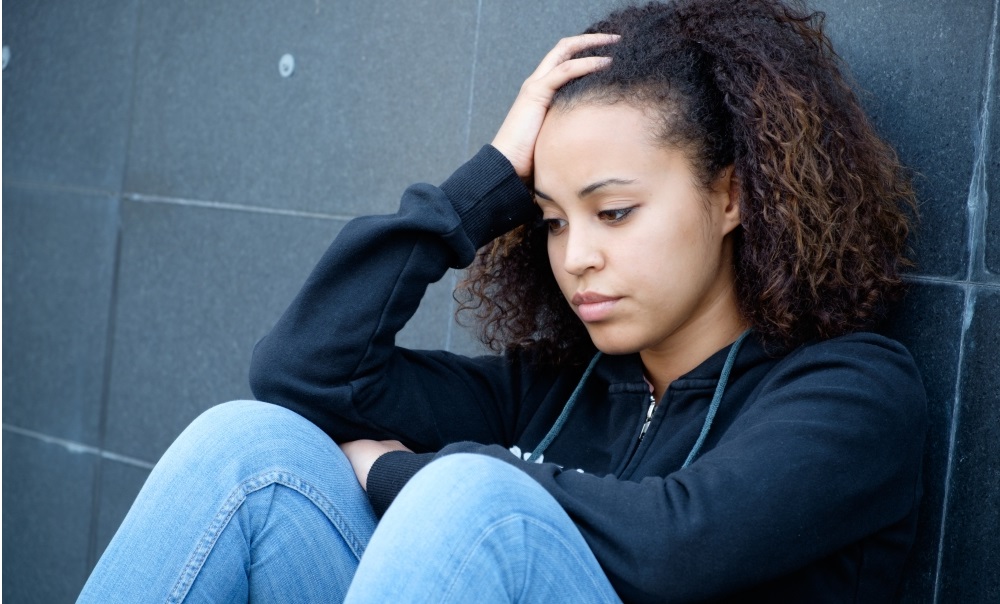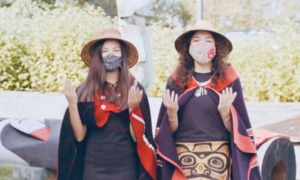
Kisha Bird
I had the privilege to bear witness to the vast beauty, power and resiliency of girls and women of color speaking their truths in mid-June. I was in awe as I learned how women of color across the country are supporting and showing up for one another and girls in their communities at the Grantmakers for Girls of Color Second National Funders Convening, focused this year on Reimagining Safety: An Urgent Conversation about the Movements Centering Girls of Color.
As I reflect on that powerful day, these questions keep recurring in my mind: What is safety? What does safety look like for girls of color? What does it mean to feel safe as a black, Latina, Asian, Native American, native Hawaiian/Pacific Islander girl? Or as a cis, trans and/or queer girl of color?
Girls of color face too many threats to their well-being and safety both from physical assaults and emotional attacks on their identity in public and private spaces. And these threats are exacerbated by the barriers that lock them and their families out of economic, educational and collective opportunity. Issues including poverty, racism, discrimination, and economic and community violence facing girls of color are intersectional and do not occur in a vacuum. They operate under broader, macro issues that impact the girls’ well-being.
Girls of color are pushed out of school at alarming rates when compared to their white counterparts and are more likely to be referred to law enforcement from school. According to a recent report from the National Women’s Law Center, this is particularly true for black and Native American girls. They are over-represented in the juvenile and criminal justice systems as a result of biased law enforcement practices and policies that target their communities and place law enforcement in nontraditional settings, such as schools and as first responders to mental health and family crises.
Moreover, girls of color are subject to implicit biases that result in the criminalization of adolescent behavior (for example, being truant and underage drinking) and perpetuate them as being complicit with illicit acts, such as sexual abuse and sex trafficking, rather than as victims. Their identity through the way they wear their hair and how they look, sound and dress is routinely demeaned.
…a hopeful and fierce energy to reimagine a world in which girls of color feel safe…
These issues may seem insurmountable, but the good news is they are not. I was rendered speechless, tearful and completely entranced by what I heard, felt and experienced at the convening — from the Truthworker performance to the panel discussions and the many side conversations that took place over coffee, lunch and bathroom breaks. The convening offered a hopeful and fierce energy to reimagine a world in which girls of color feel safe and their humanity is embraced and celebrated by their families, communities and country — and surety that we can see this world realized.
The first and most important step to dismantling barriers facing girls of color and reimagining safety for them is to start with listening to, understanding, co-creating and following girls of color themselves. They are the foremost experts at diagnosing their problems, identifying the right solutions, and leading and driving change for themselves.
Monique Morris framed three key recommendations for the field moving forward:
- Approach the girls of color work as a multifaceted, holistic, dynamic project.
- Provide opportunities for broad interpretations of safety and justice that respond to the lived experiences of girls of color (not just theoretical frameworks).
- Partner with those seeking to innovate in response to the harmful conditions girls of color disproportionately experience. The creativity of this movement with and on behalf of girls of color is awesome!
Youth development program providers, advocates and systems leaders can have a distinctive role in being a platform for girls of color and their voices, creating space to cultivate their stories, incubate their ideas, follow and support their leadership, and honor their truths. We must ask ourselves: How are we showing up in our programs and in our communities in support of girls of color? How is our work providing them protection from harmful and oppressive systems, places, spaces and people? How are we creating spaces that allow them the freedom to be their beautiful and audacious selves? We can either be part of the problem or part of the solution.
As one speaker put it: Safety for girls of color will be realized when we can say, like the indomitable Harriet Tubman, “I was the conductor of the Underground Railroad for eight years, and I can say what most conductors can’t say; I never ran my train off the track and I never lost a passenger.”
Kisha Bird is director of youth policy at the Center for Law and Social Policy and project director for the Campaign for Youth, a national coalition chaired by CLASP. Focusing on local and federal policy solutions, she works to expand access to education, employment and support services for low-income and opportunity youth, with a focus on young men and women of color.
































